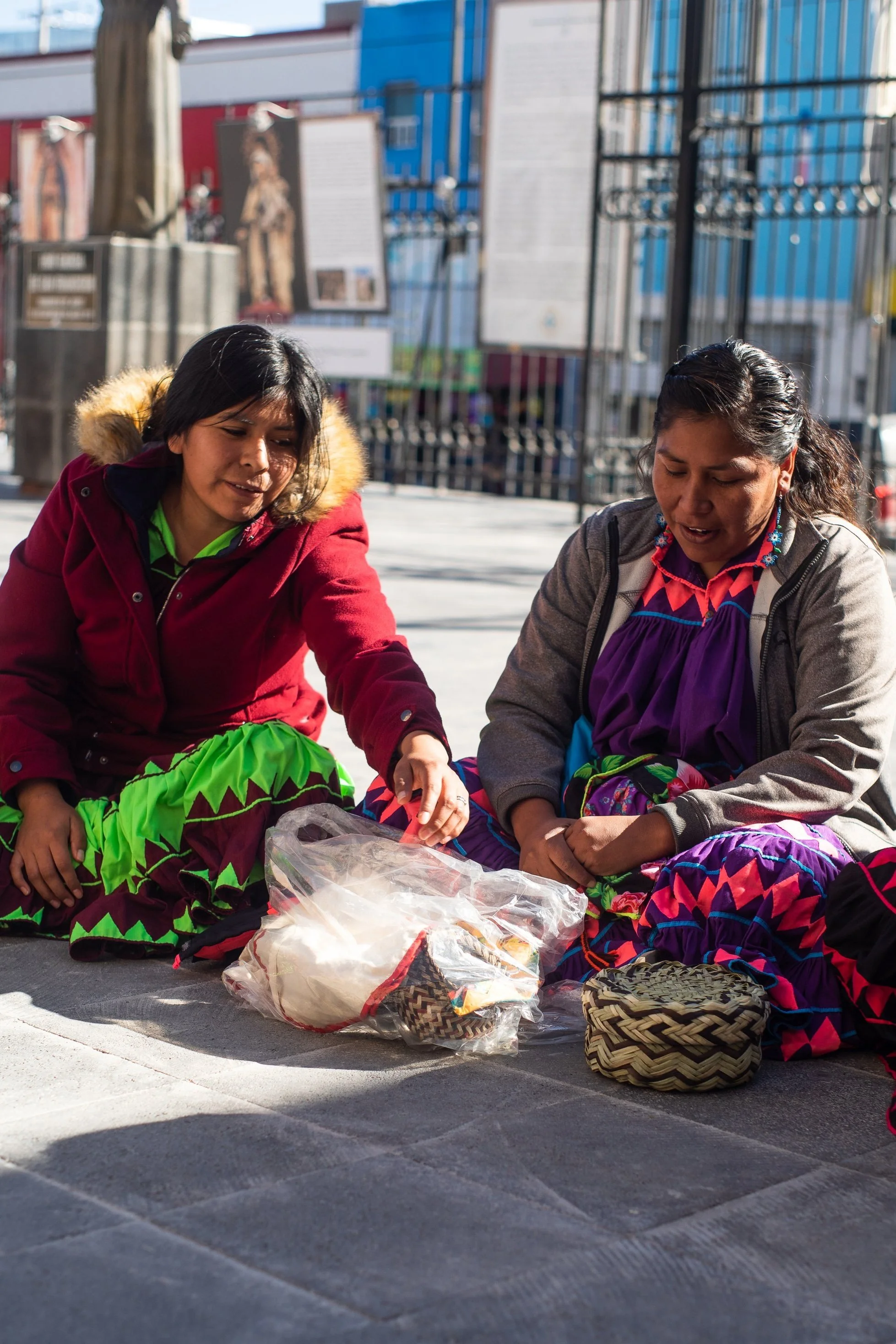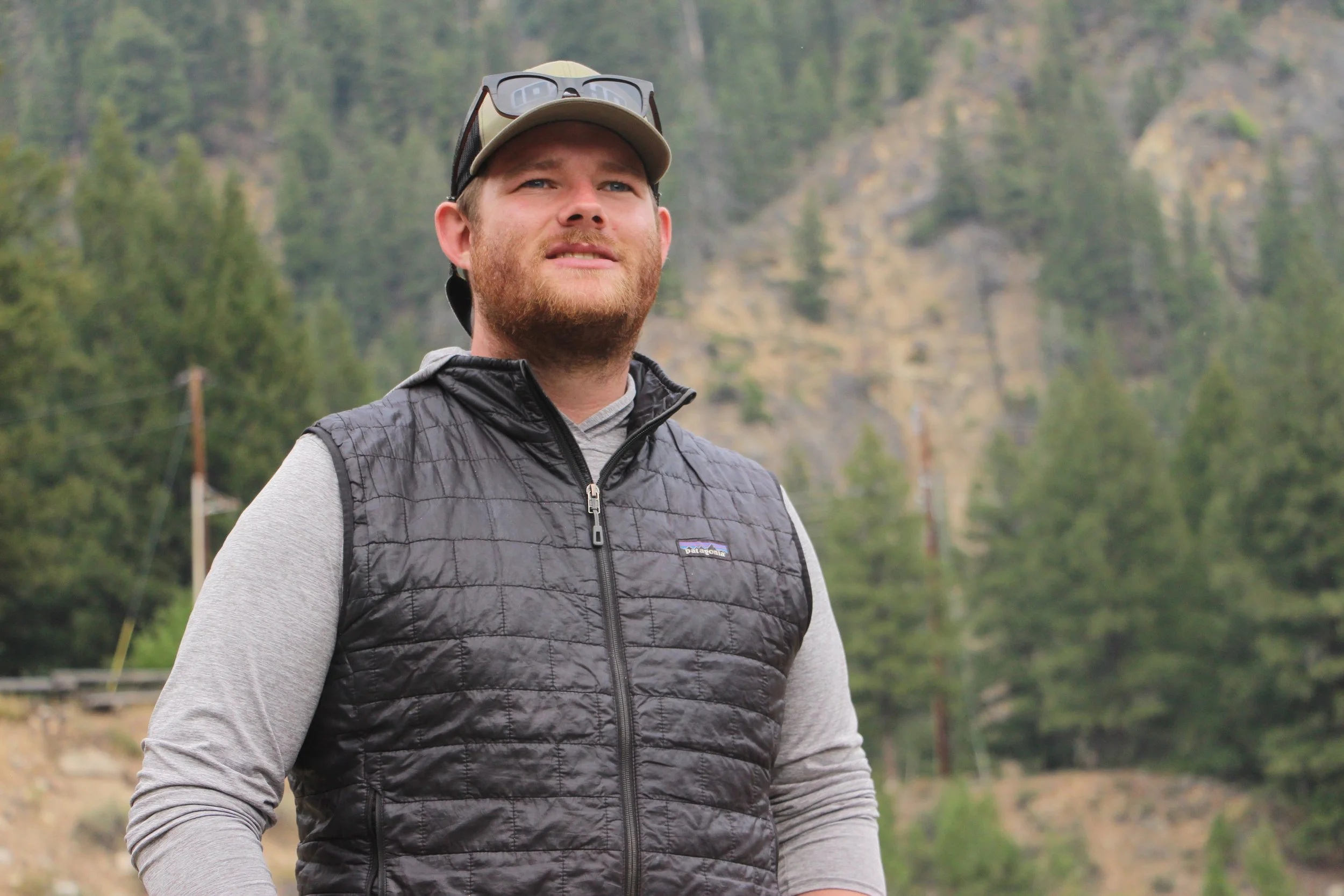Kathryn Wilder
Writer, Rancher
Disappointment Valley, CO
10/7/2022—10/10/2022
As a writer, activist, and rancher, Kat Wilder is quite the renaissance woman. As the sun slowly crests over the tall peaks of the San Juan mountains and shines upon the sage brush-laden Disappointment Valley, Kat Wilder dons a visor to keep out the harsh Colorado morning light and joins us in our chair circle. Kat, originally from California and later Hawaii, is a transplant here in Southwestern Colorado. With her older son Ken, Kat has become a cattle rancher. Yet as a not just-your-average rancher, Kat looks at the land in her vicinity with care and compassion. Instead of solely grazing large black angus cattle on her ranch, Kat and Ken also choose to raise criollo cows; A much smaller breed of cow that has much less physical impact on the land at the cost of being less lucrative than their much larger counterparts.
Aside from ranching, Kat is also an author and activist who in her book Desert Chrome, details the plight of wild/feral horses in the Intermountain West. In our four-day writing workshop with Kat, she taught us to hone our sensory perceptions of the dramatic landscape surrounding us through writing. In both the macrocosm of the colossal aspen groves above Kat’s ranch in the San Juans, as well as the microcosm of what lay in the vicinity of our camp adjacent to Disappointment Creek, Kat took us to many places in which we could engage in a veritable sensory buffet.
By Nathaniel Martin

























